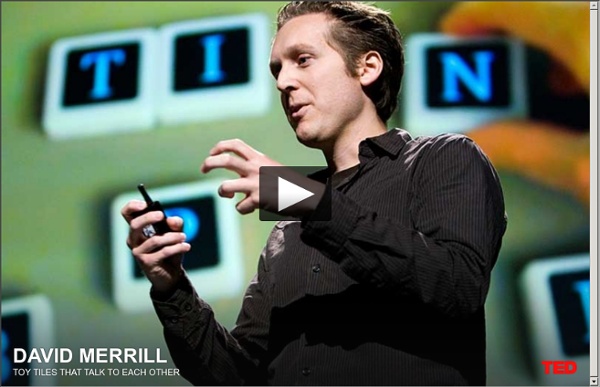Zoom
Trash
Related:



Digital Photography Tutorials Learn how to take and edit digital photographs using visual tutorials that emphasize concept over procedure, independent of specific digital camera or lens. This is a complete listing of all tutorials on this site; click the drop-down links in the top menu to see particular topics. Photography is going through an exciting transition period as many film photographers are beginning to explore the new capabilities of digital cameras. While the fundamentals have remained similar, other aspects are markedly different. These tutorials are rarely influenced by changes in image editing software and camera equipment — due to their unique concept-based approach. View in other languages: Português Русский Deutsch Français Italiano
PhotoSketch Sketch2Photo: Internet Image Montage Tao Chen1 Ming-Ming Cheng1 Ping Tan2 Ariel Shamir3 Shi-Min Hu1 1TNList, Department of Computer Science and Technology, Tsinghua University 2National University of Singapore 3The Interdisciplinary Center Abstract We present a system that composes a realistic picture from a simple freehand sketch annotated with text labels. Paper Sketch2Photo: Internet Image Montage ACM SIGGRAPH ASIA 2009, ACM Transactions on Graphics, to appear Tao Chen, Ming-Ming Cheng, Ping Tan, Ariel Shamir, Shi-Min Hu System Pipeline Retrieval Results Composition Results Video Supplementary Materials 1. General supplementary materials, including intermediate results and comparisons. 2. High resolution compositions and detailed statistics of the user studies. Sktech2Photo Team Tao Chen, Kun Xu, Fang-Lve Zhang, Meng Ding and Ming-Ming Cheng Update: A web-based Sketch2Photo application: click here (Chinese), collaborated with Tencent. Acknowledgments Note Original Name: PhotoSketch.
Basics of Cloud Computing Michael Wood Michael R. Wood is a Business Process Improvement & IT Strategist Independent Consultant. Michael is creator of the business process-improvement methodology called HELIX and founder of The Natural Intelligence Group, a strategy, process improvement, and technology consulting company. He is also a CPA, has served as an Adjunct Professor in Pepperdine's Management MBA program, an Associate Professor at California Lutheran University, and on the boards of numerous professional organizations. Mr. Maybe you have heard about Cloud Computing, maybe not. Like the song says, “Let’s start at the very beginning, because it’s a very good place to start." Cloud Computing has its roots in the service bureau concepts of the 1960s.
What Is The Singularity And Will You Live To See It? 1. I'm generally skeptical of the singularity and of post-scarcity economics in general. 2. I think it's interesting to ponder why the singularity might not occur. 3. 4. 5. 6. Twine, A Tiny Gizmo That Holds The Internet's Future | Co. Design "In the future, your house will send you a text message to warn you that your basement is flooding." Sounds like the kind of hooey you only hear in those fantastical "future of…" videos, doesn’t it? Not anymore. Two MIT Media Lab graduates have created a "2.5-inch chunk of the future" called Twine that does exactly that, and more, and is available right now. Well, not quite: It will be available in early 2012, thanks to its wildly successful Kickstarter campaign. Here’s the basic idea behind Twine: Software and physical stuff should be friends. Twine is a small slab of gray plastic that hides that PhD’s worth of engineering magic--a bunch of internal and external sensors and a Wi-Fi hub--"the simplest possible way to get the objects in your life texting, tweeting or emailing," in Carr and Kestner’s words.